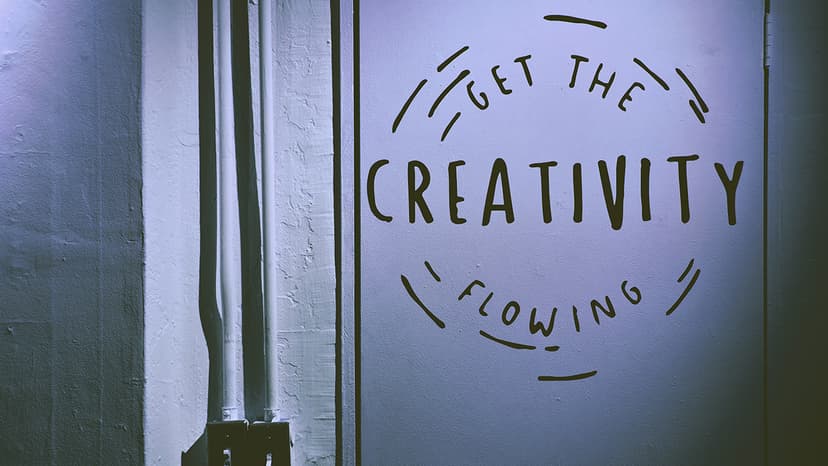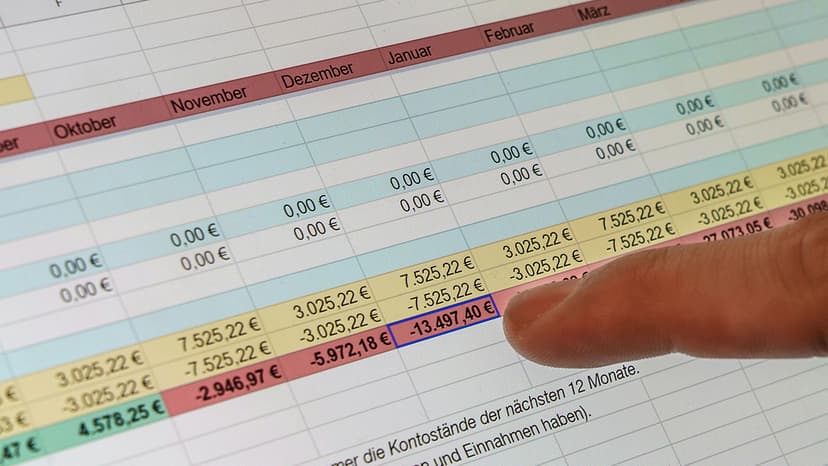How to Train ChatGPT on Custom Data Efficiently
Training ChatGPT on custom data allows you to customize its capabilities. By providing relevant information, you can improve its responses to better meet your needs. This article will outline how to efficiently train ChatGPT on custom data.
Understanding ChatGPT
What is ChatGPT? ChatGPT is a language model developed by OpenAI, capable of generating human-like text responses. It is trained on a wide range of internet texts. While it performs well out of the box, training it with custom data can enhance its effectiveness for specific applications.
Preparing Custom Data
How do you prepare custom data for training? First, gather and organize relevant information. Sources can include specific documents, support conversations, or other textual material. Ensure that the data accurately represents what you want the model to learn.
After collecting the data, preprocess and format it for training. This process includes cleaning the text, removing irrelevant details, and dividing it into suitable training examples. OpenAI's tiktoken library assists with efficient tokenization.
Fine-Tuning with ChatGPT
What steps are involved in fine-tuning ChatGPT? The fine-tuning process adapts the pre-trained model using your custom dataset. Here’s a simplified guide:
-
Set up the environment: Create an environment with the necessary dependencies and libraries for fine-tuning.
-
Prepare the dataset: Format the preprocessed data to be compatible with the fine-tuning script, as outlined in OpenAI's guidelines.
-
Fine-tuning configuration: Choose hyperparameters for fine-tuning, such as learning rate, batch size, and training steps. Experiment to find the best values for your needs.
-
Initiate fine-tuning: Run the fine-tuning script from OpenAI, supplying the preprocessed data and hyperparameters. Be aware that this process may take significant time based on dataset size and model complexity.
-
Evaluate and iterate: After fine-tuning, assess the model’s performance. Test ChatGPT with input relevant to your purpose. If results are lacking, consider adjusting parameters or gathering more data.
Training ChatGPT on custom data can enhance its performance for specific applications. Follow these steps to prepare and fine-tune your model effectively. Focus on preprocessing, configuration, and evaluation to achieve the best outcomes.












